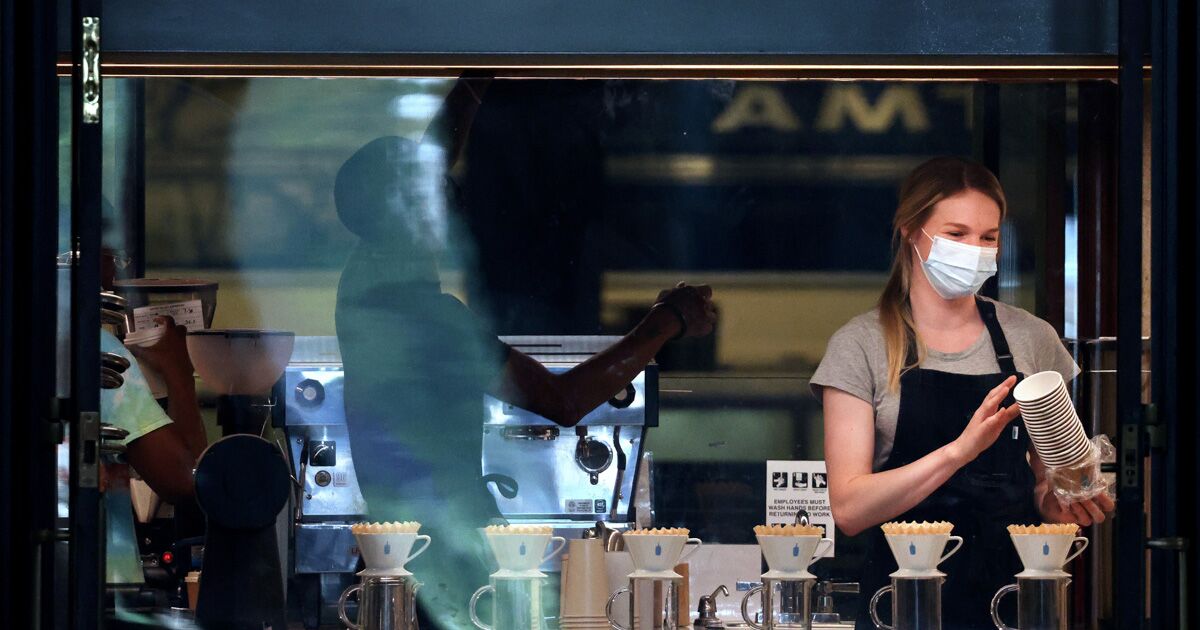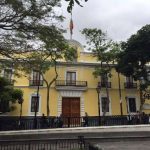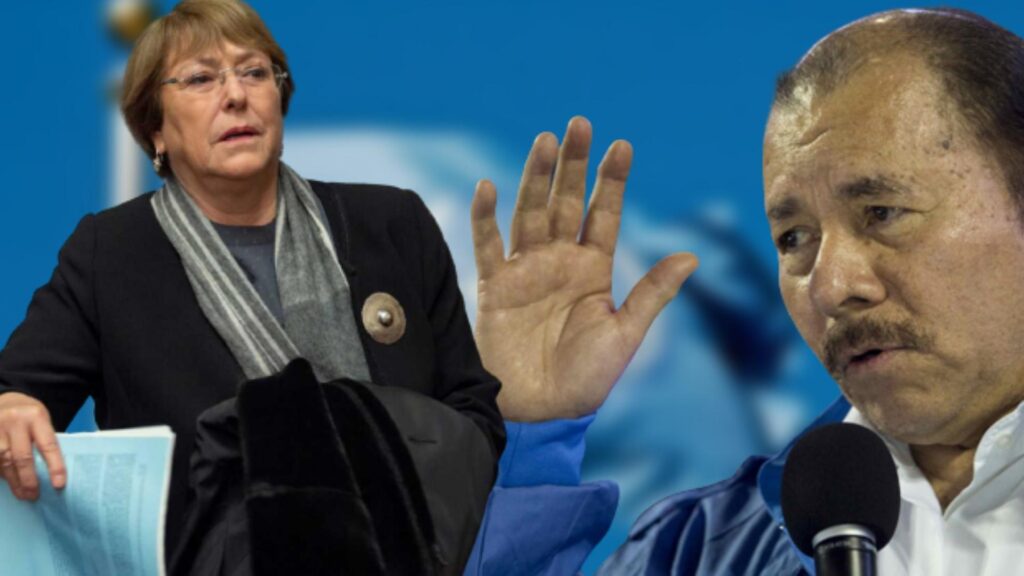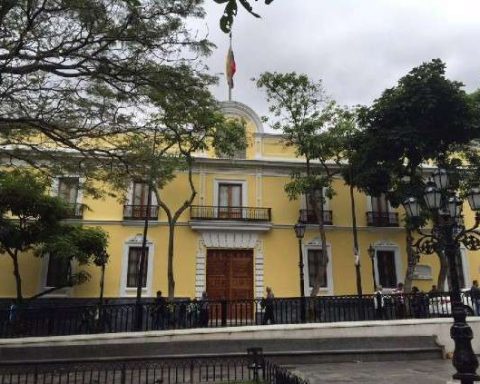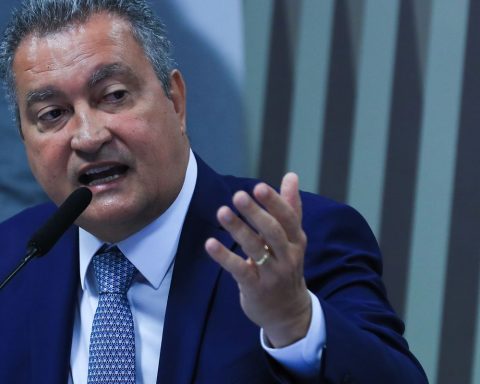“It’s not clear whether these new job gains are a cause for concern for the Fed or a source of relief,” said Lou Crandall, chief economist at Wrightson ICAP in Jersey City.
Stronger growth reflecting people’s willingness to return to the workforce would tend to lower labor costs, while growth induced by higher wage offers from employers affected by labor shortages would have the opposite effect,” he explained.
The Federal Reserve is trying to tighten monetary policy to reduce inflation without pushing the economy into recession.
The central bank raised its policy rate by half a percentage point on Wednesday, the biggest increase in 22 years, and said the Fed would start cutting its bond holdings next month. The agency began raising rates in March.
Fed Chairman Jerome Powell told reporters on Wednesday that “the labor market is extremely tight and inflation is too high.”
The pace of job creation last month underscores the economy’s strong fundamentals despite output contracting in the first quarter under the weight of a record trade deficit.
There were a record 11.5 million job openings on the last day of March, widening the gap between jobs and workers to an all-time high of 3.4% of the workforce from 3.1% in February.
Average hourly earnings rose 0.3% after advancing 0.5% in March. That reduced year-on-year wage growth to a still solid 5.5% from 5.6% in March.
Wages for US workers posted their biggest rise in more than three decades in the first quarter, helping to keep domestic demand high.
Although Powell said on Wednesday that a 75 basis point rate hike was not on the table, some economists believe the Fed could raise it above the level of the so-called neutral rate, estimated at between 2% and 3%.
